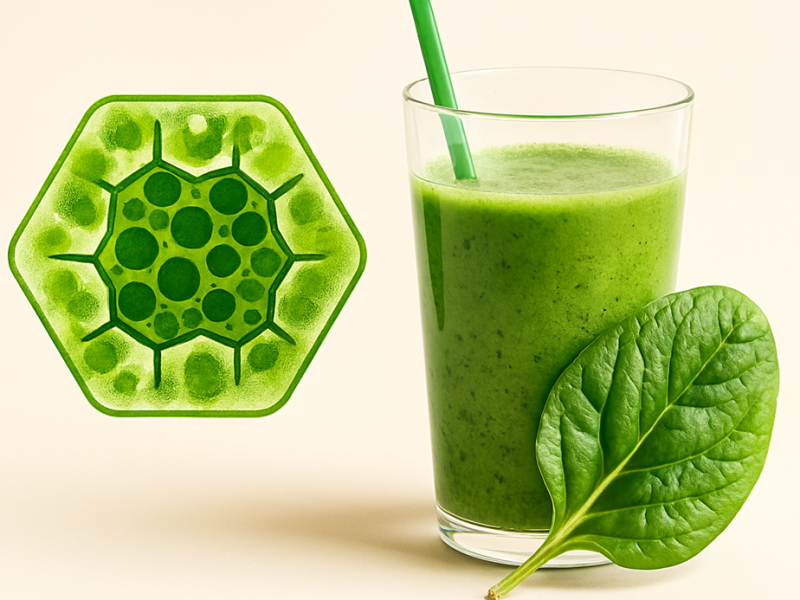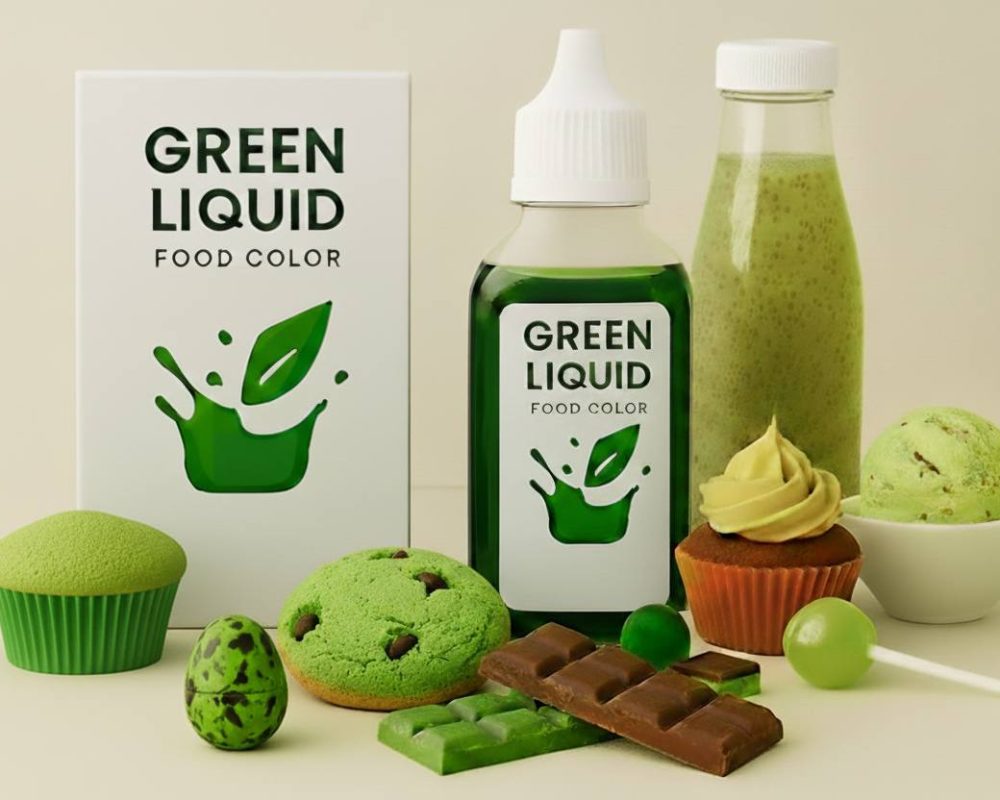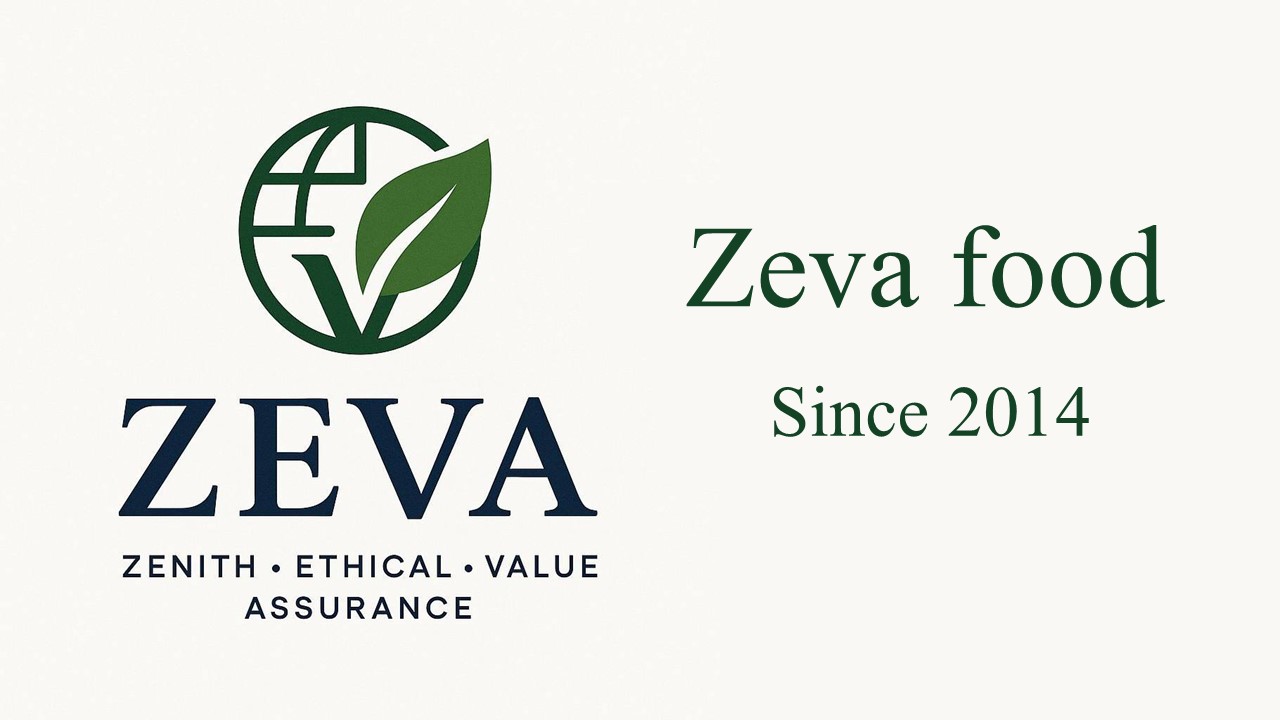Chlorophyll Green
Chlorophyll-Based Natural Green Food Color (E140, E141): Natural, Functional and Export-Ready
Manufacturers extract chlorophyll-based green food color from chlorophyll-rich plants such as spinach, alfalfa, and edible algae. It provides a bright, natural green hue for foods and beverages, meeting the global demand for plant-based, clean-label colorants.
To improve stability and water solubility, producers often convert chlorophyll into chlorophyllin — a more durable derivative ideal for industrial use.”

Origin and Composition
Chlorophyll pigments are the main green components in plants, essential for photosynthesis.
In the food industry, producers make food-grade chlorophyll from natural sources such as spinach, alfalfa, chlorella, and pandan leaves. Two forms are widely used in food applications:
- Chlorophyll (E140): Natural, oil-soluble green color
- Chlorophyllin (E141): Water-soluble, copper/zinc-stabilized derivative
Health and Functional Benefits
Chlorophyll and chlorophyllin not only provide a vibrant green hue but also contribute to the functional and nutritional value of foods.
Beyond coloring, they exhibit bioactive properties that have been studied for antioxidant and other potential health-promoting effects.
Technologically, stabilized chlorophyllin offers superior water solubility, enhanced tinting strength, and improved resistance to acid and light compared with native chlorophyll. These attributes make chlorophyll-based colors both a visual and a functional ingredient in modern food formulations.
Practical benefits for manufacturers include:
- Improved tinting power: small dosages produce an intense green color.
- Water compatibility: as chlorophyllin, it easily integrates into beverages and aqueous desserts.
- Antioxidant support: contributes to oxidative stability in certain food matrices.
- Clean-label positioning: ideal for health-focused and natural product categories.
These combined benefits make chlorophyll green (E140) and chlorophyllin (E141) excellent solutions for high-performance, natural, and export-ready formulations.
Applications Across the Food Industry
Chlorophyll green is widely used because of its adaptability to multiple food systems:
- Dairy: ice creams, yogurts, flavored dairy drinks (liquid chlorophyllin works well for aqueous dairy mixes).
- Beverages: juices, functional drinks, herbal water blends (use stabilized forms for shelf stability).
- Bakery & Confectionery: icings, fondants, cake batters (choose powder or concentrated liquid depending on process).
- Desserts & Jellies: puddings, mousses, gelatin desserts.
- Sauces & Dressings: green sauces, pestos, dips — often blended to avoid off-notes.
- Processed Foods: green pasta, snack coatings, vegetable-based products.
Manufacturers typically select the chlorophyll form (native extract vs. chlorophyllin) by balancing color tone, pH and heat exposure in the target process.

Regulatory and Technical Information
nternational additive lists include chlorophylls and chlorophyllin copper complexes, which regulatory bodies review under specific conditions in different markets. Regulatory bodies evaluate copper-complex chlorophylls for safety and permitted uses, and exporters must provide proper documentation, labeling, and testing.
| Property | Description |
|---|---|
| Active pigment | Chlorophyll (a, b) / chlorophyllin (copper complexes) |
| Solubility | Native chlorophyll — oil/solvent soluble; chlorophyllin (E141) — water-soluble |
| Recommended dosage | Application-dependent; small mg/kg levels typically sufficient |
| Heat stability | Moderate; chlorophyllin shows improved thermal resistance vs. native chlorophyll |
| Light stability | Improved in metal-complex forms but prolonged UV exposure can fade color |
| Shelf life | Typically 12–24 months (product- and packaging-dependent) |
| Packaging | Food-grade drums, HDPE, or light-resistant containers suitable for export |
Comparison with Synthetic Colors
Compared with synthetic green dyes, chlorophyll-based colors offer a natural, plant-derived alternative that can strengthen a product’s clean-label story. While synthetic dyes often offer superior stability and lower cost, properly formulated chlorophyllin systems bridge the gap by delivering vibrant color with acceptable processing robustness — reducing reliance on artificial additives while meeting consumer demand for naturalness. Regulatory acceptance of E141 in many markets makes chlorophyll a practical natural substitute when formulation and cost are optimized.
Sustainability and Clean-Label Advantage
Derived from renewable, plant-based sources, chlorophyll green supports sustainable manufacturing and eco-friendly branding.
Minimal processing ensures compliance with clean-label trends, helping brands meet consumer expectations for natural, transparent ingredients.
Export and Supply
Manufacturers produce chlorophyll green colorants at industrial scale and supply them in bulk to international markets. Products are designed for consistency, stability, and clean-label positioning. Export documentation includes additive codes (E140/E141) and analytical test reports to ensure regulatory compliance and smooth import processes.
